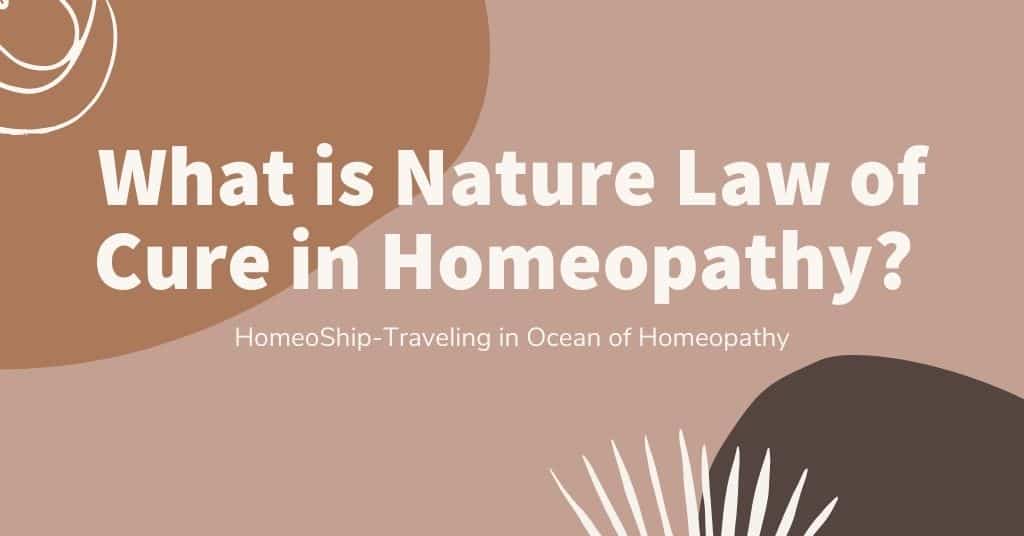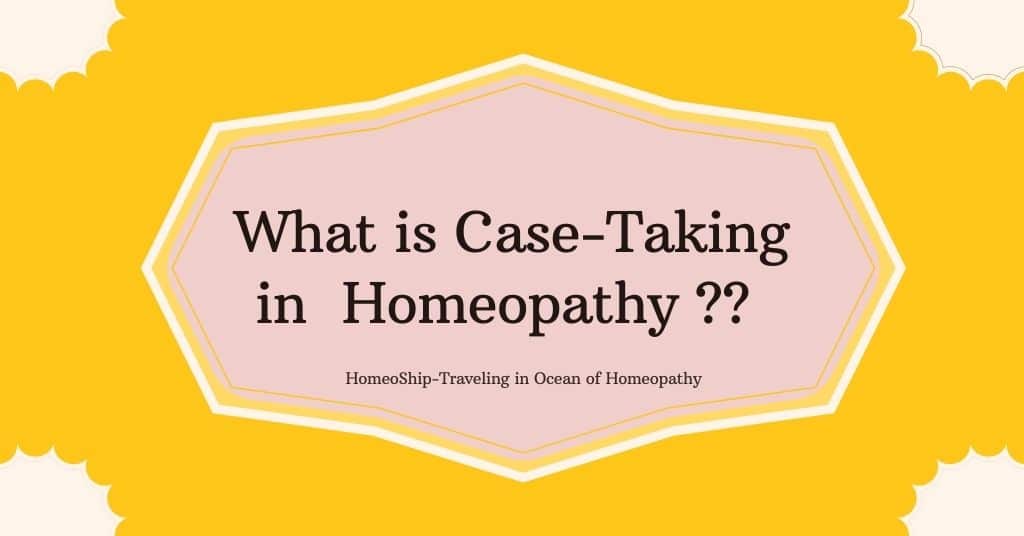Contents
One sided diseases are chronic diseases with one or two principal symptoms which obscure almost all the symptoms. Hence, they are less amenable to cure. Chronic diseases which are having too few symptoms are called One-Sided diseases. The availability of symptoms is less in number in such diseases, as a result construction of totality becomes very difficult. Hence they are difficult to cure.

Types of One Sided Diseases
Depending upon the principal symptom exhibited by the patient, one-sided diseases are classified into 2 types:
1. One-sided disease with an internal complaint
2. One-sided diseases with an external complaint
1. One sided disease with an internal complaint
These groups of diseases exhibit more of the internal symptoms that are mostly affecting the internal parts of the body.
They are off again two types:
i. Diseases with physical symptoms.Example: Headache of many years duration, diarrhoea of long-standing, an old cardialgia, etc.
ii. Diseases with mental symptoms. Example: mania, insanity etc.
2. One sided diseases with external complaints
They are called local maladies, explained in another post (Local Maladies and External application)
Treatment of One Sided Diseases
1. Sometimes it seems that treating one-sided diseases is difficult as the symptoms are not sufficiently present. The portrait of the disease is not sketched properly.
2. But careful case taking & examination will reveal one or two severe and important symptoms that are present in the case.
3. Based on these available symptoms, the physician has to select the seemingly indicated remedy which he thinks is best suitable.
4. Such selection is based on the very striking, decided, uncommon and peculiar, distinctive symptoms of the patient, the selected remedy sometimes cures the given case (§ 178).
5. But frequently owing to the scarcity of symptoms, the chosen remedy may not exactly cover the totality of the given case. When such imperfect homeopathic remedy is administered, patient complains of appearance of new symptoms which he never experienced before. These symptoms are nothing but the “accessory symptoms of the medicine”. This should not be considered as a bad prognosis. The whole collection of the existing symptoms has to be considered as the disease picture itself.
6. By considering the accessory symptoms of the medicine as the disease symptoms, the physician gets more number of symptoms of the disease. Thus, the totality of the symptoms of the disease is accurately sketched with the help of accessory symptoms of the medicine. Hahnemann in § 182 says, “ the imperfect selection of the medicament, which was in this case almost inevitable owing to the too limited number of the symptoms present, serves to complete the display of the symptoms of the disease.”
7. Now based on the symptoms of the disease and the newly developed accessory symptoms of medicine, we can prescribe a new yet well-chosen homeopathic remedy.
8. In the footnote to aphorism no. 181, Hahnemann warns that before considering the accessory symptoms of medicine as the totality, the physician has to clarify that the accessory symptoms are not produced due to an error in diet and regimen or due to some menstrual irregularities, conception, and childbirth, etc. It has to be confirmed that the new symptoms are due to administered medicine only.
9. When the previously administered remedy completes its action, the present symptomatology and the state of the disease remaining (status morbi) has to be enquired thoroughly. Based on this current totality, a new homeopathic remedy has to be selected and administered again (§ 182-183).
10. Sometimes it happens that even when the patient is ill and suffering the symptomatology may not be sufficiently clear and distinctive. In such condition administration of “Opium” will help to clear the case. Opium, in its secondary action makes the patient’s pain and suffering more clear and perceivable to the physician (footnote to § 183).
11. In this way, based on the existing and remaining totality several remedies can be administered one after another i.e. in succession. Each repetition has to be done only after the previous one has completed its action. The same method can be practiced until the recovery is complete and the patient gets cured.



